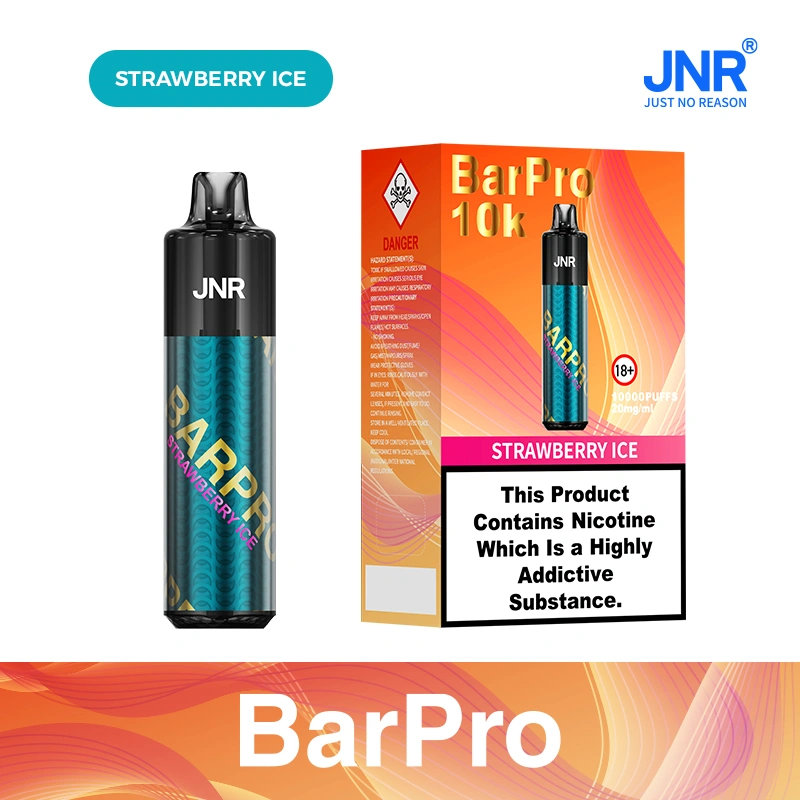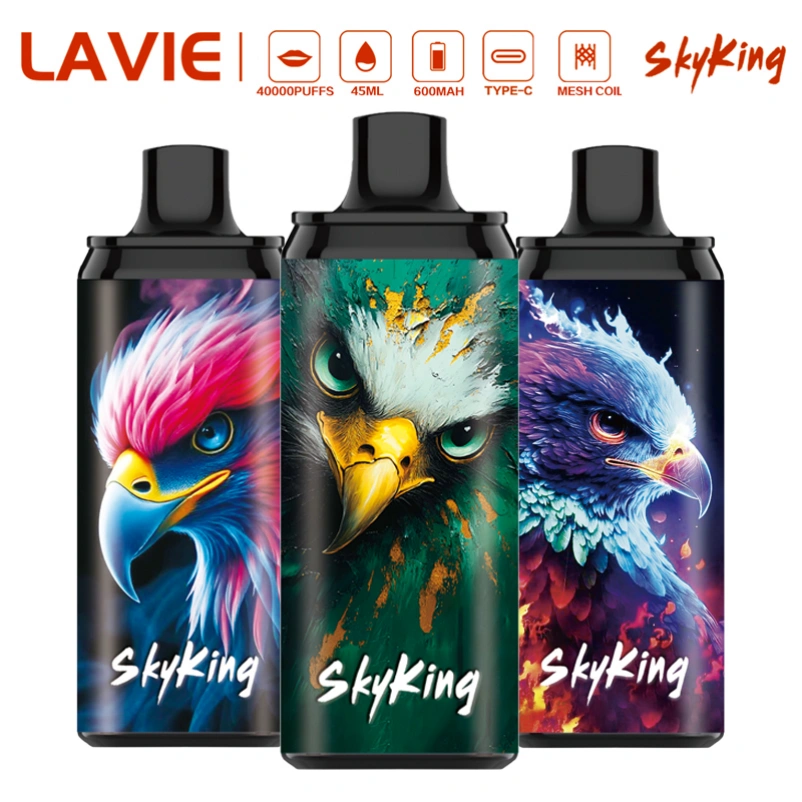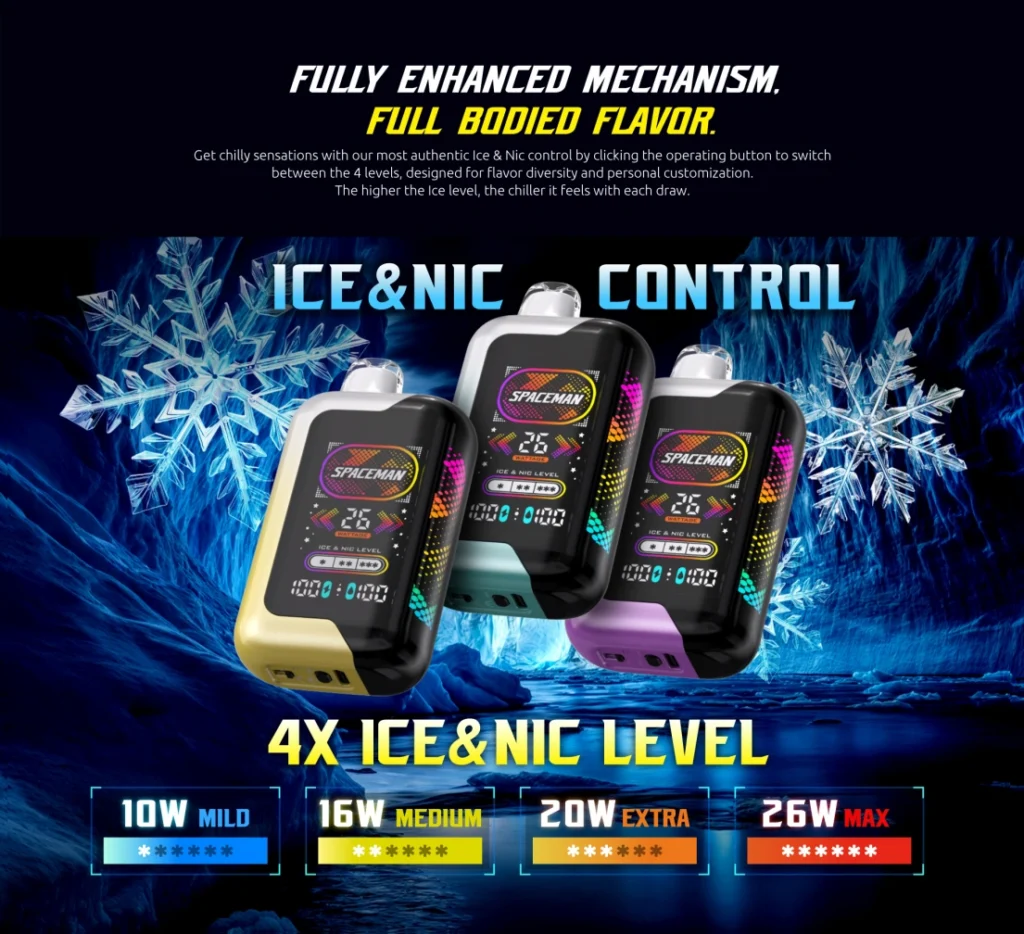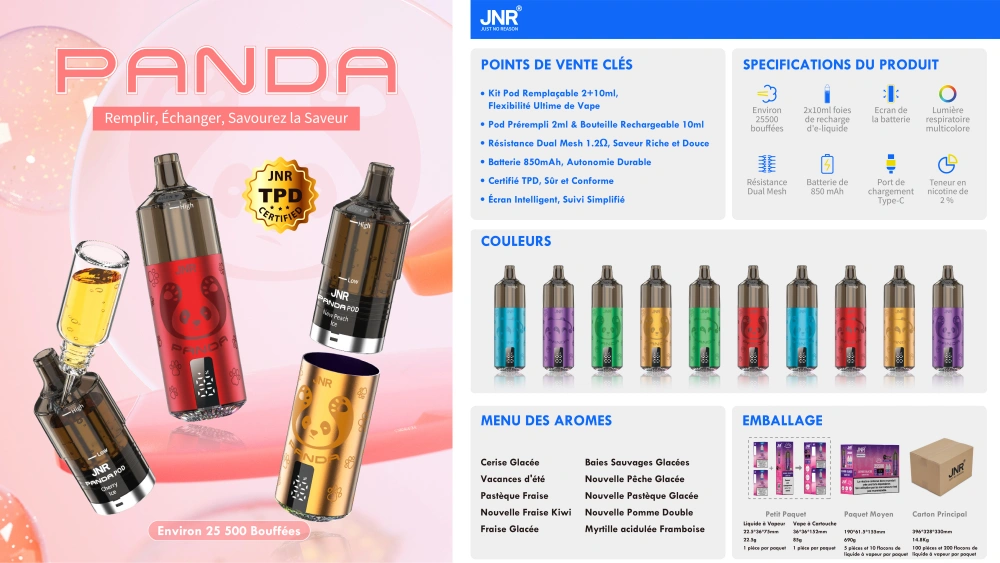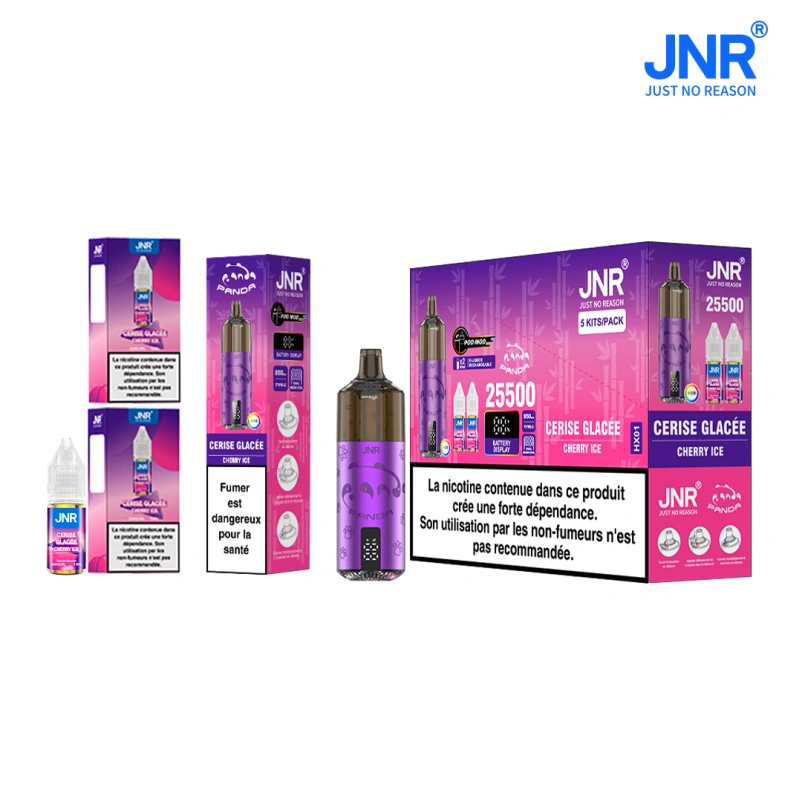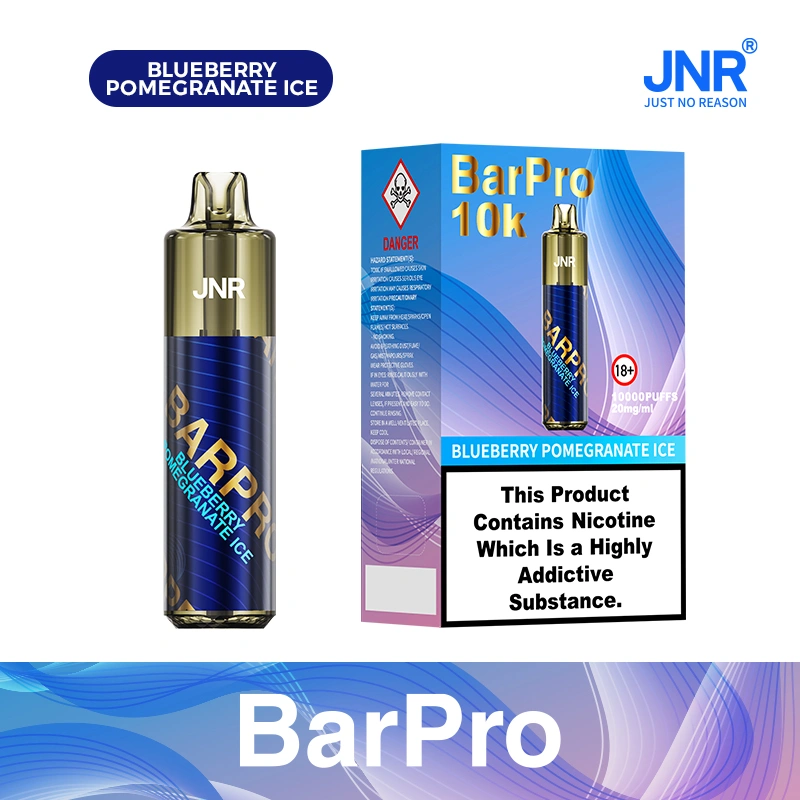Brand marketing strategies in the e-cigarette industry
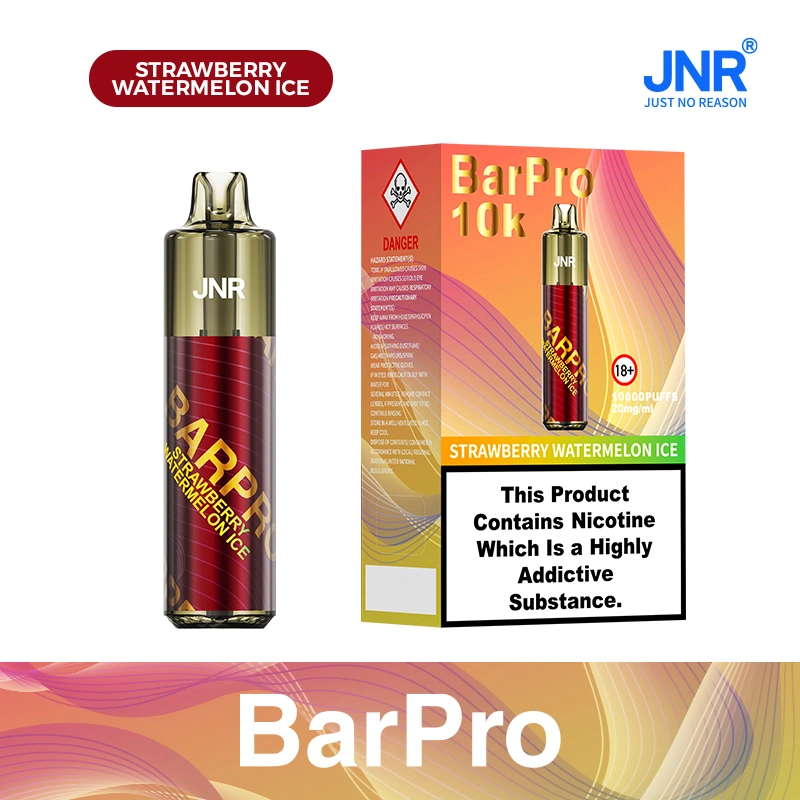
Brand Marketing Strategies in the Electronic Cigarette Industry: Navigating Regulation, Audience Engagement, and Digital Innovation
The electronic cigarette industry operates in a highly competitive and regulated environment, requiring brands to craft strategies that balance compliance, consumer trust, and differentiation. Unlike traditional consumer goods, marketing in this sector faces restrictions on advertising channels, content, and audience targeting, forcing companies to innovate in their approach. Below, we explore key tactics that align with evolving regulations while resonating with modern consumers.
Leveraging Digital Platforms Within Regulatory Boundaries
Social media remains a cornerstone of brand awareness, but electronic cigarette companies must navigate strict advertising policies imposed by platforms like Facebook, Instagram, and TikTok. These rules often prohibit direct product promotion, nicotine content mentions, or targeting users under legal smoking age. To adapt, brands focus on lifestyle-driven content that emphasizes community, innovation, and harm reduction without explicitly marketing vaping products.
User-generated content (UGC) campaigns are particularly effective, as they encourage customers to share their experiences organically. For example, brands might host hashtag challenges inviting users to post creative ways they use devices, such as customizing hardware or participating in vape tricks. This approach fosters engagement while maintaining compliance, as the brand does not directly control the messaging.
Influencer partnerships also require careful selection. Micro-influencers with niche audiences in vaping culture or wellness often yield better results than celebrities, as their endorsements feel more authentic. Brands collaborate with influencers to create educational content, such as tutorials on device maintenance or discussions about transitioning from smoking, positioning themselves as allies in health-conscious choices.
Search engine optimization (SEO) is critical for capturing organic traffic, especially as paid ads for vaping are restricted on Google and other search engines. Brands optimize their websites for long-tail keywords like “how to quit smoking with vaping” or “best vape devices for beginners,” addressing consumer queries while subtly highlighting their offerings. Local SEO tactics, such as optimizing for region-specific terms, help attract customers in areas with fewer retail restrictions.
Building Trust Through Education and Transparency
Consumer skepticism toward vaping products persists due to past safety controversies and inconsistent regulations. To counter this, brands prioritize educational content that demystifies ingredients, manufacturing processes, and safety standards. Detailed FAQ sections, blog posts explaining nicotine salts versus freebase nicotine, and videos demonstrating lab testing procedures reassure customers about product quality.
Transparency extends to supply chain practices. Brands that openly share information about ethical sourcing, sustainable packaging, or third-party lab certifications differentiate themselves as trustworthy alternatives to competitors. For instance, publishing sustainability reports or partnering with environmental organizations can appeal to eco-conscious consumers, a growing demographic in the vaping community.
Engaging with regulatory bodies and health organizations is another way to build credibility. Brands that participate in industry discussions, support harm reduction research, or advocate for sensible regulations position themselves as responsible stakeholders. This approach not only improves public perception but also helps shape policies that benefit the entire sector.
Creating Community-Centric Experiences
Vaping culture thrives on social interaction, whether through local vape shops, online forums, or events. Brands tap into this by hosting or sponsoring meetups, cloud-chasing competitions, or flavor-testing sessions. These activities foster loyalty while providing opportunities to showcase new products in a compliant, non-promotional setting.
Online communities are equally vital. Brands moderate their own forums or support third-party platforms where enthusiasts discuss hardware modifications, flavor recipes, and industry news. Active participation in these spaces—answering questions, addressing concerns, and soliciting feedback—humanizes the brand and strengthens customer relationships.
Loyalty programs tailored to vaping audiences also drive retention. Rewards might include discounts on accessories, early access to limited-edition flavors, or exclusive merchandise. Gamified elements, such as point systems for social media shares or referrals, incentivize engagement without violating advertising rules.
Adapting to Emerging Trends and Technologies
The rise of disposable vapes and pod systems has shifted consumer preferences toward convenience and portability. Brands respond by designing sleek, minimalist packaging that appeals to on-the-go users while adhering to child-resistant regulations. Marketing for these products often highlights ease of use, discretion, and compatibility with low-nicotine options, aligning with health-conscious trends.
Augmented reality (AR) and virtual reality (VR) offer innovative ways to engage audiences. For example, AR filters on Instagram or Snapchat could let users “try on” different device colors or visualize flavor combinations, creating interactive experiences that comply with advertising restrictions. VR events, such as virtual trade shows or product launches, also enable global reach without physical limitations.
Personalization is another growing trend. Brands use data analytics to segment audiences based on usage habits, flavor preferences, or device types, delivering tailored content through email campaigns or app notifications. For instance, a user who frequently purchases menthol flavors might receive recommendations for new cooling-agent blends, enhancing relevance without overt sales pressure.
Navigating Global Markets with Cultural Sensitivity
The electronic cigarette industry’s regulatory landscape varies dramatically by country, requiring localized strategies. In markets like the UK, where vaping is promoted as a smoking cessation tool, brands emphasize health benefits and partnerships with public health organizations. In contrast, regions with stricter bans demand subtler messaging focused on hobbyist culture or technological innovation.
Cultural nuances also influence content creation. Colors, symbols, and humor that resonate in one market may offend or confuse another. Brands invest in multilingual teams or local agencies to ensure campaigns align with cultural values and avoid missteps. For example, messaging around “freedom” or “rebellion” might work in some Western markets but could backfire in regions where smoking is stigmatized.
E-commerce expansion is another priority, as online sales bypass many retail restrictions. Brands optimize their websites for international audiences by offering multiple languages, currency options, and region-specific shipping policies. Partnering with local distributors or fulfillment centers reduces delivery times and customs delays, improving the customer experience.
Ethical Marketing and Social Responsibility
With public health advocates scrutinizing the industry, ethical marketing is no longer optional. Brands avoid targeting minors by implementing age-verification systems on websites and social media profiles. They also refrain from using cartoon characters, bright colors, or candy-like flavors that could appeal to younger audiences, even in markets where such practices aren’t explicitly banned.
Social responsibility initiatives, such as recycling programs for used devices or donations to anti-smoking charities, demonstrate a commitment to public welfare. Brands that align their messaging with broader social causes, like environmental sustainability or mental health awareness, can differentiate themselves while contributing positively to society.
Transparency about marketing practices is equally important. Disclosing sponsorships, paid partnerships, or affiliate relationships builds trust with consumers who value authenticity. Some brands even publish annual marketing reports detailing their ad spend, audience demographics, and compliance efforts, setting a new standard for accountability in the industry.
Conclusion: The Future of Vaping Brand Marketing
As regulations tighten and consumer expectations evolve, electronic cigarette brands must prioritize agility and creativity. By focusing on education, community, and ethical practices, companies can navigate restrictions while building lasting relationships with their audience. The integration of emerging technologies and localized strategies will further define success in this dynamic sector, where innovation and responsibility go hand in hand.




